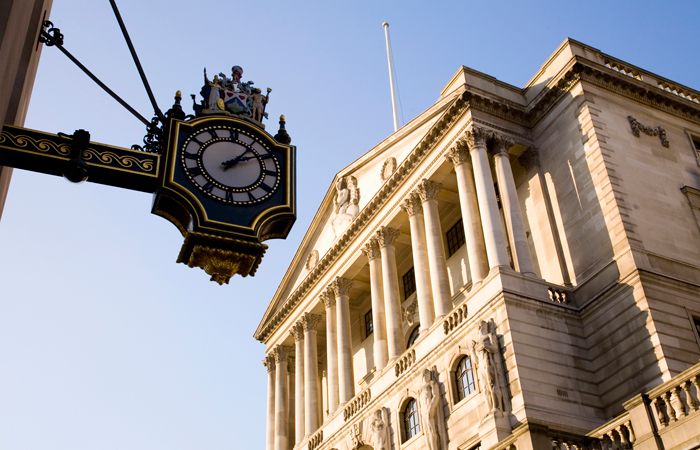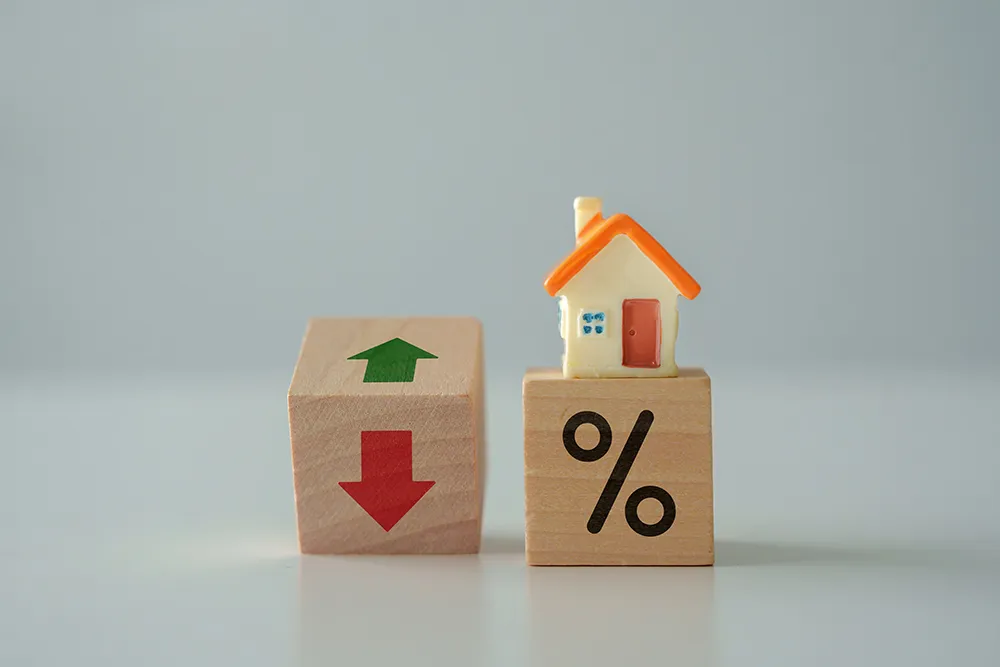
Around four million owner-occupier mortgages will be exposed to rate rises over the next year, the Bank of England’s (BoE) financial stability report reveals.
The data shows that this number includes those on variable rates, and those coming to the end of fixed-rate products during this period.
Mortgage rates have increased materially over 2022, with particularly rapid increases in the second half of the year.
There has been a sharp increase in the two-year overnight index swap (OIS) rate over 2022, which rose in September to over 5% but has since fallen to 4.4%.
Around a third of mortgagors, or 2.7m households, are expected to face increases in monthly repayments of over £100 by the end of 2023, and around half by the end of 2025.
The BoE says increases in monthly mortgage payments may lead to greater defaults on mortgages as well as other forms of credit.
Absent a significant downward adjustment in house prices, it suggests that the substantially higher mortgage rates on offer will also make it more difficult for first-time buyers (FTBs) to enter the property market.
The report says that rising mortgage rates are putting downward pressure on house prices.
UK house prices have risen substantially over recent years, but this growth has started to slow.
The UK house price index remained unchanged between August and September, and more timely indicators such as Halifax, Nationwide and Rightmove data indicate that UK house price growth has slowed sharply over recent months.
Contacts of the BoE’s agents expect house price growth to continue to fall, primarily reflecting reduced affordability because of materially higher mortgage rates.
The behaviour of buy-to-let (BTL) mortgagors is also likely to have an influence on house prices, with the BoE suggesting there is some uncertainty about how they will act.
BTL mortgagors are particularly vulnerable to interest rate rises as around 85% of BTL mortgages issued by major UK banks are interest only, so tighter financial conditions have a greater proportional impact.
By the end of 2023, monthly repayments for BTL mortgagors are forecast to rise on average by around £175, and around 20% of BTL mortgagors will face increases of over £300.
It is estimated that landlords would need to increase rental incomes by around 20% to offset the projected rise in BTL mortgage costs.
The BoE says this would increase the cost of housing for renters, which may affect their resilience and could lead them to default on unsecured credit, or cut consumption sharply, which could amplify the economic downturn.
Evidence from the BoE’s agents suggests that a growing number of BTL landlords are choosing to sell properties, due in part to rising borrowing costs.
If significantly large numbers of BTL mortgagors choose to sell properties, the BoE says this could place additional downward pressure on house prices.
Absent a change in landlord behaviour through selling properties or passing on costs, around 15% of BTL mortgagors will have interest coverage ratios (ICRs) of less than 125% by the end of 2023, rising to around a fifth by the end of 2025.
The current share of BTL mortgagors with an ICR below 125% is just 3%.



